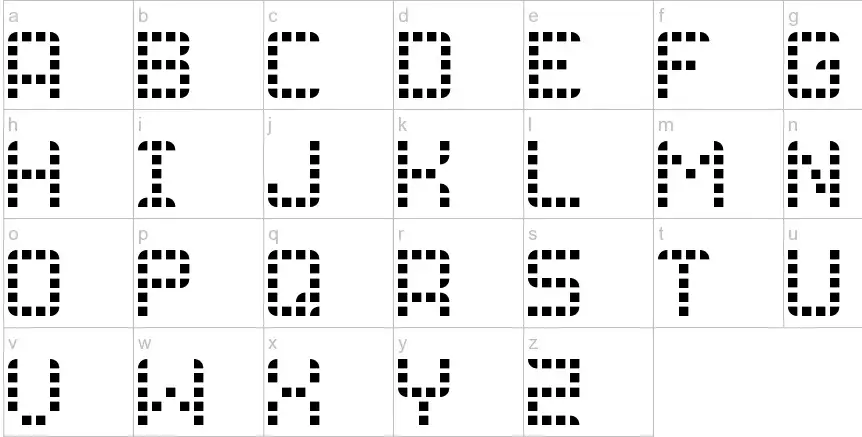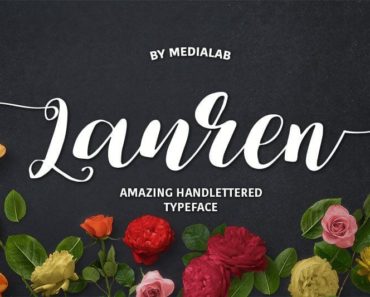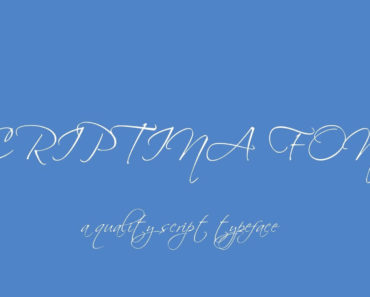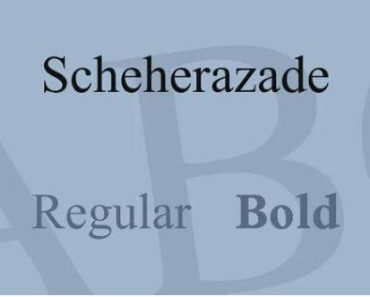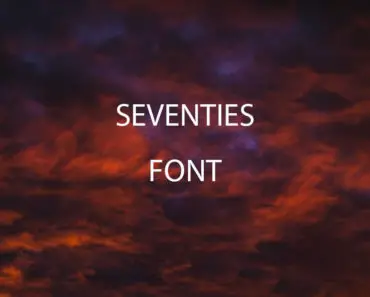The Grids Font, despite being limited, serves as a useful tool for arranging shapes and outlines with extremely uniformed widths, much like modular or quasi-“pixel-fonts.” The grid is seen in the Glyph Window (or included in the Sketchboard.md) as horizontal and vertical lines. The July 7th font is yet another elegant font that can be utilized on a computer.
To show or conceal the limited grids font, use the View > show > Grid menu commands or the Grid button on the Toolbar. The words that the Grid is just not seen by way of default when the Metrics or Kerning tool are lively however that you could nonetheless turn it on. The Grid is in no way seen when the text software is lively.
Design Of Limited Grids Font
If the View > Snap > Grid command is on, whatever you move (factors, contours, features, anchors) will snap to the gridlines. Acetate font is the very papular font and it is has to much market demand.
That you may alternate the color for the gridlines and their slant angle here as well. Use confident values to slant to the proper.
Within the Preferences, follow the font’s italic perspective is on via default. When the font’s Italic perspective (File > Font info > Font Dimensions) is about to something other than zero, FontLab automatically slants the usually-vertical gridlines to check that attitude.
A slanted grid, carried out through either of these approaches, will also be priceless for designing or working on an italic or oblique typeface font.
When the follow the font’s italic attitude choice is on, or the slant attitude is just not zero, the following instructions are available in the View menu:
- apply Italic angle to Metrics will exhibit glyph sidebearings slanted by the font italic attitude
- apply Italic attitude to Grid will exhibit the Grid slanted by using the font italic angle
- don’t observe Italic angle will exhibit the Grid and glyph sidebearings without slanting.
Use the Backslash key to speedily switch between these three choices.
